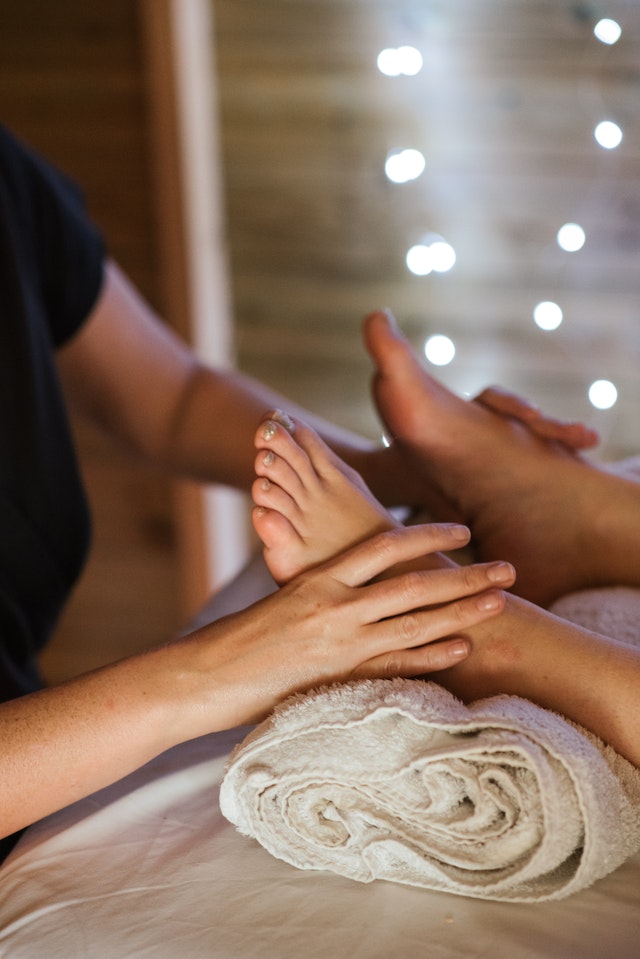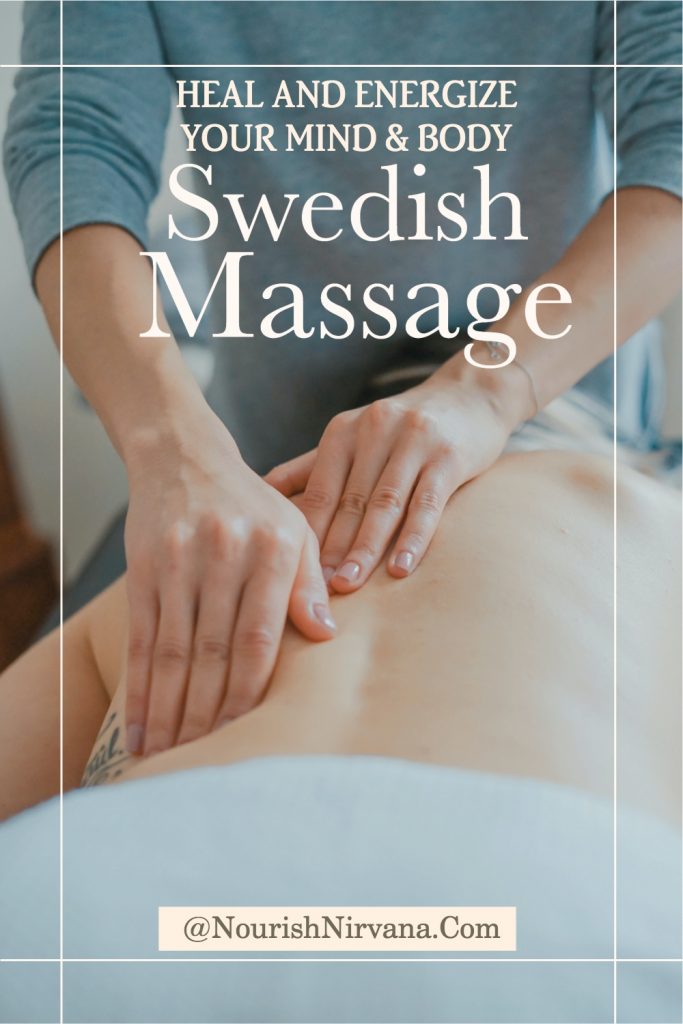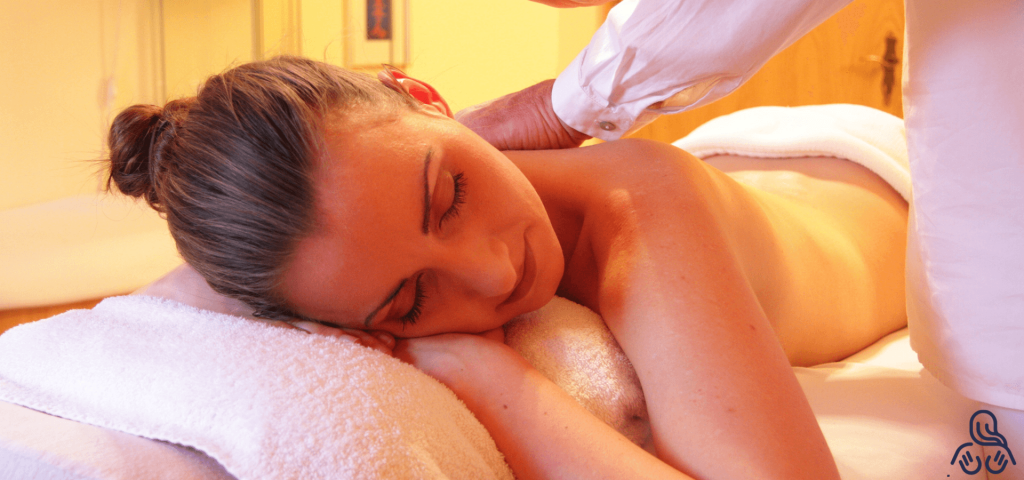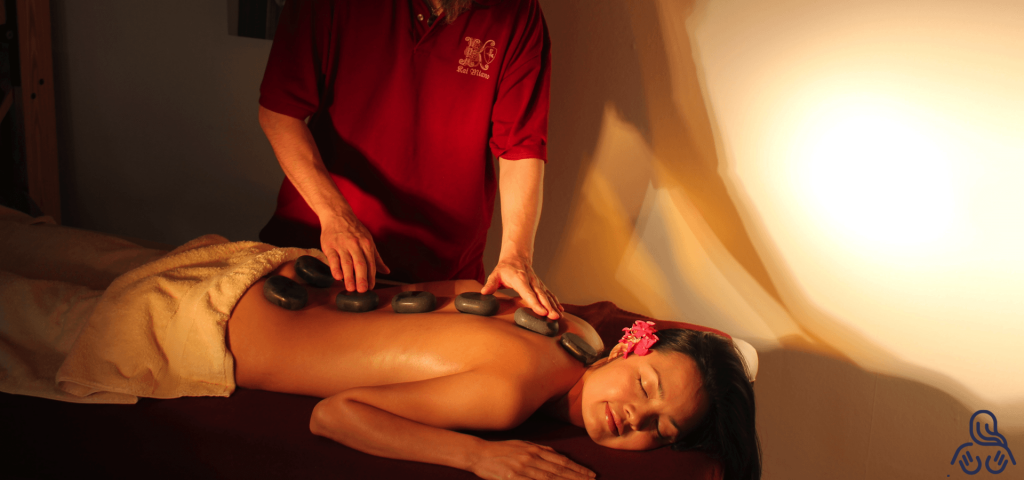Relaxation Techniques for a Blissful Spa Experience
In our fast-paced and hectic lives, finding moments of tranquility and relaxation is essential for our well-being. A blissful spa experience offers a sanctuary where we can unwind, rejuvenate, and pamper ourselves. This article explores various relaxation techniques that can enhance your spa experience, leaving you feeling refreshed and rejuvenated.

The Importance of Relaxation
Relaxation is not merely a luxury; it is a vital aspect of maintaining overall health and well-being. When we allow ourselves to relax, we reduce stress, lower blood pressure, improve sleep quality, and enhance our mental clarity. Spa experiences provide an ideal setting to indulge in relaxation and reap its numerous benefits.
Preparing for Your Spa Experience
Before embarking on your blissful spa journey, it’s essential to prepare both mentally and physically. Start by setting your intentions for the experience and creating a serene ambiance. Dim the lights, play calming music, and infuse the air with soothing aromas. Take a few moments to disconnect from the outside world and enter a state of openness and receptivity.
Breathing Techniques for Relaxation
One of the simplest yet most effective relaxation techniques is focused breathing. Deep, slow breaths activate the body’s relaxation response and help calm the mind. Practice diaphragmatic breathing, inhaling deeply through your nose, allowing your abdomen to expand, and exhaling slowly through your mouth. Repeat this process several times to release tension and promote relaxation.
Meditation and Mindfulness
Meditation and mindfulness techniques complement the spa experience beautifully. Engage in guided meditations or mindfulness exercises to cultivate present-moment awareness and a sense of inner peace. Focus on your breath, observe your thoughts without judgment, and let go of any mental clutter. Allow yourself to fully immerse in the present moment and experience deep relaxation.
Soothing Music and Sounds
Music has a powerful impact on our emotions and can significantly enhance relaxation. Choose gentle, soothing melodies or nature sounds that evoke feelings of calmness and serenity. Instrumental tracks, such as classical or ambient music, work well in creating a tranquil atmosphere. Let the music envelop you, transporting you to a state of deep relaxation.
Aromatherapy for Tranquility
Aromatherapy harnesses the therapeutic properties of essential oils to promote relaxation and well-being. Create a spa-like ambiance by diffusing calming scents such as lavender, chamomile, or ylang-ylang. You can also add a few drops of essential oil to your bathwater or use them during massage treatments. Breathe in the soothing aromas and let them melt away stress and tension.
Relaxing Spa Treatments
Spa treatments are designed to relax and rejuvenate the body and mind. Indulge in massage therapy, which alleviates muscle tension, improves circulation, and promotes overall relaxation. Try a hot stone massage, where smooth, heated stones are placed on specific points of your body, melting away stress and promoting deep relaxation. Facial treatments, body wraps, and hydrotherapy are other excellent options to consider during your spa experience.
Hydrotherapy: The Healing Power of Water
Water has long been recognized for its therapeutic properties. Hydrotherapy combines the benefits of water with relaxation techniques to promote healing and well-being. Enjoy a warm bath or immerse yourself in a Jacuzzi to release muscle tension and promote relaxation. Hydrotherapy not only soothes the body but also calms the mind, offering a holistic approach to relaxation.
Yoga and Stretching
Yoga and stretching exercises complement the spa experience by promoting flexibility, relieving tension, and fostering a deep mind-body connection. Engage in gentle yoga poses, such as child’s pose, forward fold, or legs up the wall, to stretch and relax your muscles. Practice mindful movement, focusing on your breath and body sensations, as you flow through each pose.
Disconnecting from Technology
In our digitally connected world, taking a break from technology is essential for relaxation. Switch off your phone, silence notifications, and create a tech-free zone during your spa experience. Disconnecting allows you to fully immerse in the present moment and avoid distractions, enabling a deeper state of relaxation.
Creating a Relaxing Home Spa
You don’t always need to visit a spa to experience relaxation; you can create a soothing sanctuary at home. Set aside a dedicated space where you can unwind and engage in self-care practices. Decorate with calming colors, add soft lighting, and incorporate elements such as plants, cozy blankets, and scented candles. Transform your bathroom into a tranquil retreat by adding bath salts, luxurious towels, and calming music.
Self-Care Practices for Daily Relaxation
Relaxation should be an integral part of our daily lives. Incorporate self-care practices that promote relaxation, such as taking short breaks throughout the day, practicing mindfulness, engaging in hobbies or activities you enjoy, and prioritizing quality sleep. By making relaxation a priority, you can experience its long-term benefits and maintain a sense of inner peace and well-being.
Benefits of Regular Relaxation
Engaging in regular relaxation practices offers a multitude of benefits for our physical, mental, and emotional health. Regular relaxation reduces stress, enhances sleep quality, improves focus and productivity, boosts mood, and promotes overall well-being. By prioritizing relaxation, we cultivate resilience and better cope with life’s challenges.
Conclusion
A blissful spa experience goes beyond pampering; it provides an opportunity to reconnect with ourselves and nurture our well-being. By incorporating these Relaxation Techniques for a Blissful Spa Experience, such as focused breathing, meditation, soothing music, aromatherapy, and spa treatments, we can achieve a state of profound relaxation. Remember to create a relaxing home spa and practice self-care for daily rejuvenation. Make relaxation an essential part of your life and embrace the benefits it brings.
Frequently Asked Questions (FAQs)
1. How often should I engage in relaxation techniques? Relaxation techniques can be practiced daily or as often as needed. Find a routine that works best for you and aligns with your lifestyle.
2. Can relaxation techniques help with anxiety and stress? Yes, relaxation techniques are beneficial for managing anxiety and stress. They promote a sense of calmness and help restore balance to the mind and body.
3. Can I practice relaxation techniques without visiting a spa? Absolutely! Relaxation techniques can be practiced anywhere, including the comfort of your own home. Create a serene environment and engage in activities that promote relaxation.
4. Are there any specific essential oils for relaxation? Several essential oils are known for their relaxing properties, such as lavender, chamomile, and ylang-ylang. Experiment with different scents to find what works best for you.
5. How long does it take to experience the benefits of regular relaxation? The benefits of regular relaxation can be experienced immediately, but the long-term effects are more pronounced with consistent practice over time.
Get Access Now: Contact US
Now you can enjoy a blissful spa experience with these relaxation techniques. Incorporate them into your routine, and embrace the serenity they bring to your life. Take time to relax, rejuvenate, and prioritize your well-being.



